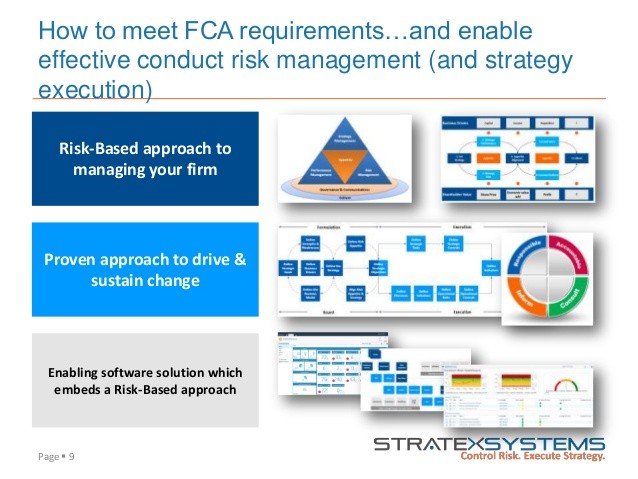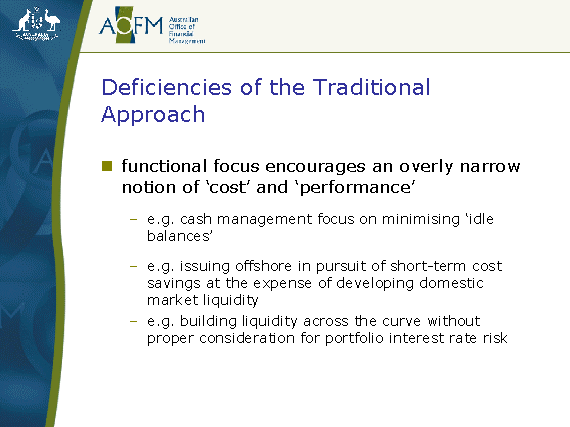A Simple Effective Approach to Managing InterestRate Risk
Post on: 16 Июнь, 2015 No Comment

A Simple, Effective Approach to Managing Interest-Rate Risk
October 2013 — FHLBank Atlanta offers many products to help institutions of all sizes mitigate the risk of rising interest rates. While structured advances with embedded options can be highly effective risk management tools, they may not be the right advance for every institution in every scenario.
FHLBank Atlanta's Fixed Rate Credit (FRC) advance can also serve as an effective hedge against increasing interest rates. By borrowing multiple FRC advances to create a laddered funding strategy, institutions can gain some of the benefits of a more complex product while maintaining flexibility to manage future funding levels.
Hedging Long-term Loans with an FRC Ladder
As longer-term rates trend higher, institutions holding 10- and 15-year loans should be looking to manage interest-rate risk. Long-term amortizing advances can help hedge this risk, but locking matching maturities with advances can result in narrower spreads. Another simple alternative would be to create a ladder of smaller FRC advances with differing maturity dates.
For example, an institution can take down four FRC advances with maturities of three years, five years, seven years, and 10 years. Essentially, the institution is creating its own amortizing structure with multiple advances versus one larger advance. This approach provides flexibility for the institution to manage its wholesale funding levels more proactively in the future. As each advance matures, the institution can decide if it needs additional funding to replace the advance. If funding is not needed at the time, the institution can simply let the advance roll off the books. In addition, having the staggered maturities allows the institution to adjust to market changes on its asset demand.
The following example shows a ladder of four FRC advances blended with deposits to fund a 10-year loan or loan pool at 4.00%. The advance funding is divided evenly between three-year, five-year, seven-year, and 10-year maturities. The blended advance interest rate is 2.47% if the advances were used to fund the entire loan pool. However, a more likely way to fund is to do a 50/50 blend of advances with deposits (50bps). The resulting blended cost on day one would be 1.49%.
With this strategy, the institution has wholesale funding maturing every couple of years. When an advance matures, the institution can decide whether or not to replace the funding. If deposit balances have run off, it may be necessary to replace the funding. Alternatively, if deposit balances have remained high, then it may benefit the institution to increase the funding mix to favor deposits.

One of the main advantages to using the FRC ladder is the flexibility it allows throughout the life of the hedge. Funding can be extended or paid off at several points to meet the assets that are being hedged.
While interest-rate risk management is a complex problem facing most financial institutions, there are some simple, yet effective ways to mitigate the risk. An FRC ladder can be a successful funding tool in a rising-rate environment and one that is easy to explain to regulators and a board of directors. For more information regarding how this strategy can help your institution, contact your FHLBank Atlanta relationship manager .
2013 Federal Home Loan Bank of Atlanta, All Rights Reserved. 1475 Peachtree Street NE, Atlanta, GA 30309
The Federal Home Loan Bank of Atlanta is not a registered investment advisor. Nothing herein is an offer to sell or a solicitation of an offer to buy any securities or derivative products. You should consult your own legal, financial and accounting advisors before entering into any transaction.














